Best practices for catching redfish throughout the year
One question that often surfaces during fishing discussions, online or otherwise, has to do with the right time and method to fish for the redfish. The fact is that the techniques to successfully get hold of redfish vary from season to season.
This also makes it near impossible to keep to one kind of bait for catching redfish all the year round: as the seasons change so too does redfish behavior and the type of bait they go for. From dead bait to live bait to artificial types, it eventually comes down to the individual’s intelligence to deploy the right bait in accordance with the time of the year. Following is a list of a few important things to consider when fishing for redfish through different seasons.
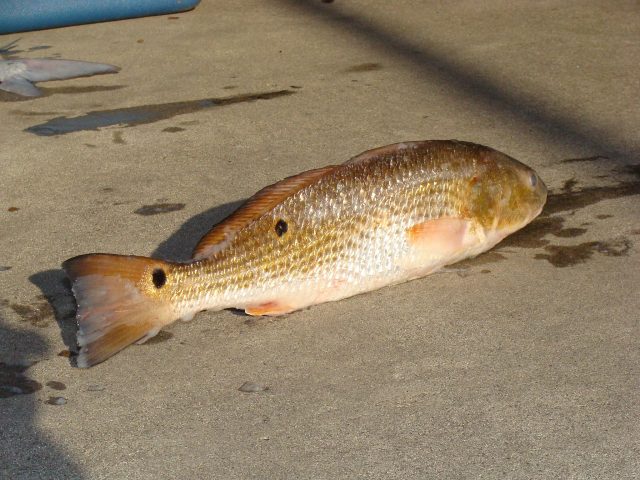
In Spring
One thing to remember here is that in spring baitfish normally migrate. For the baitfish, the temperature matters a lot and most often they’re present in greater numbers in the warmer waters, especially during the spring season. When spring comes, baitfish leave the cold waters of the south and tend to migrate up the coast. In the United States that would be the Atlantic, Pacific, and Gulf coasts, where you will find most of these baitfish in large schools.
Now, it’s not rocket science that wherever baitfish end up, redfish will be right behind them. Most of the cold winter, redfish spend their time hiding in the reefs and creeks where they can rely on the smaller fish for a food supply. The spring’s baitfish normally consists of menhaden shad or pogies, greenies, and mullet.
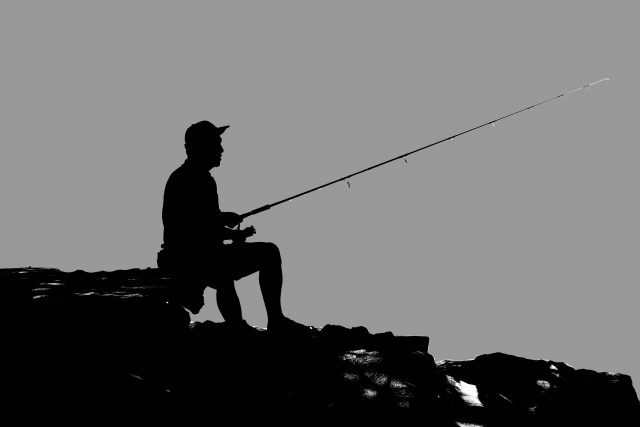
Redfish also love their crabs during spring. However, crabs aren’t so easy to catch and they will usually stick to their normal prey in spring. Mullet will often congregate along the beach and are often reported to be in such large quantity that it is said you could easily walk on them.
In Summer
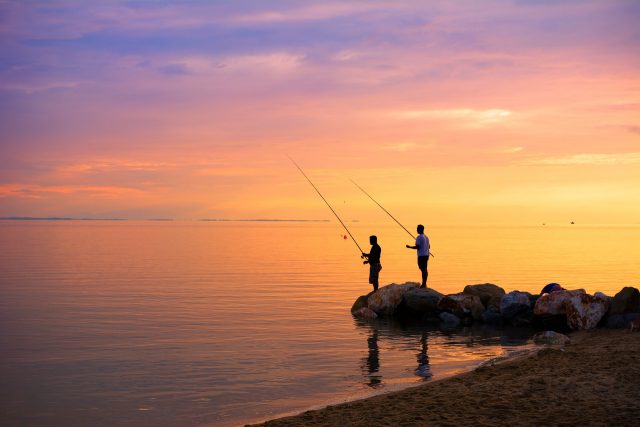
Summer is the season when redfish are usually scattered about. During this time, most of the baitfish have decided to settle and have forced the redfish to shift their operations towards structures along the shores. Redfish in amongst the structures rely heavily on the incoming waves for their food. Most of these creeks house a large number of crabs and all types of other crustaceans.
Redfish’s prime target, in this case, will be small fish and vulnerable crabs, which are no match to the speed and precision of redfish. Just like any other fish, you need to first understand the behavior and prevalence of the baitfish in order to successfully catch your game.
In summer, big and small crabs seek refuge in the creeks and the structures found there. Small shrimps are also in abundance along with other small fish and are a direct target for redfish. Also, try to spend time to learn the behavior of the tides, as redfish are relying on the currents and tidal streams to bring in some tasty food, so a good understanding of the water’s behavior will likely earn you a good catch.
In Fall
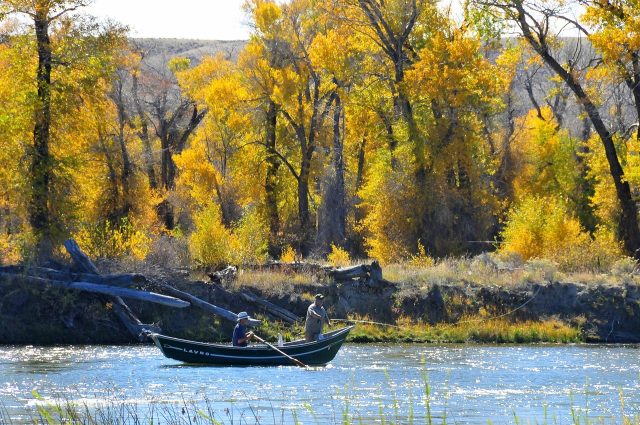
Of all the seasons, fall is a particularly important time of the year for the redfish. This is because fall is their spawning season, and they are busy in their spawning rituals. This means that for most of the enthusiasts some of the largest redfish will be available to catch during at this time. This also means a lot of caution is needed while fishing for redfish at this time. The possibility is that you will end up with the largest game of the year, or perhaps even your life!
The ideal here, of course, is to not to keep the fish, but to instead release it back into the water as soon as you unhook it from the lure. The reason being, at least according to the more passionate fishermen, is that if you decide to keep this large specimen you are potentially going to deprive the water of multiple generations of redfish in the future. So simply catch and release the biggest redfish.
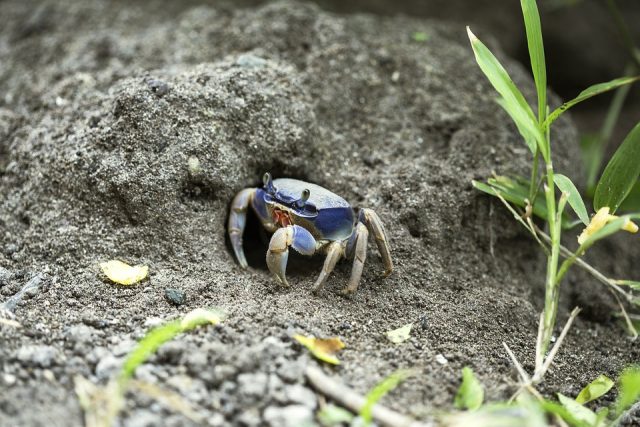
However, keep note of the place where you found and left the spawning fish since you can come back here some other time of the year and you might end up with a much larger bag rather than just one big fish.
Blue crabs will be the best baiting option for you in the fall. Start with smaller crabs, no more than few inches big. If you happen to have larger crabs you can always cut them into pieces and then use it as bait – this is perhaps more effective as the cut edges of the crab will attract more fish.
Be mindful of the size of the redfish, as they will literally fight themselves to death, which means a lot of struggle for you regardless of whether you are keeping them or leaving them.
In Winter
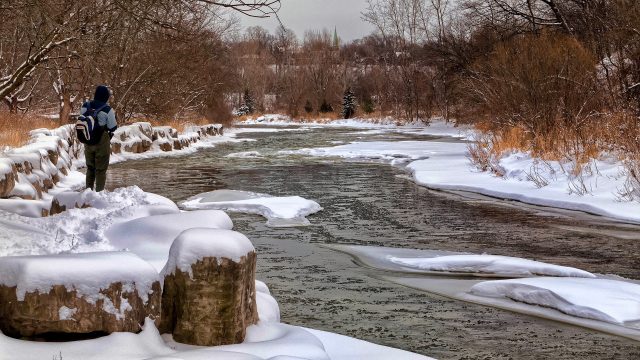
Winter fishing for redfish is especially challenging, as this brings with it a number of obstacles that you have to overcome. That said, the extent and difficulty level of these obstacles entirely depends on where you may be fishing. However, fish can still be caught if the right methodology is deployed and the correct places are chosen for fishing. Winter logically means much colder water, and cold water makes redfish much more lethargic and fairly hard to get hold of. The redfish that did not migrate south as the season changed will find refuge offshore and in deep-water wrecks and reefs.
Deepwater is a relative term, of course, and normally 60 to 100 feet is considered deep for redfish. Smaller fish, however, will move towards more inshore creeks and shallow water structures. Those fish which moved to the deep water must be left alone, as any attempt to drag them to the surface will just kill them due to the pressure difference. Stick to the shallower waters inshore where fish can be caught easily wherever you find them. If the water is too cold, look for them in the deeper sections of the creek, or when the sun comes out, making the water warmer, you can wait for the fish to appear in the shallower water. There they can be caught easily on small crabs and shrimps.
If you have any comments then please drop us a message on our Outdoor Revival Facebook page
If you have a good story to tell or blog let us know about it on our FB page, we’re also happy for article or review submissions, we’d love to hear from you.
We live in a beautiful world, get out there and enjoy it. Outdoor Revival – Reconnecting us all with the Outdoors.





